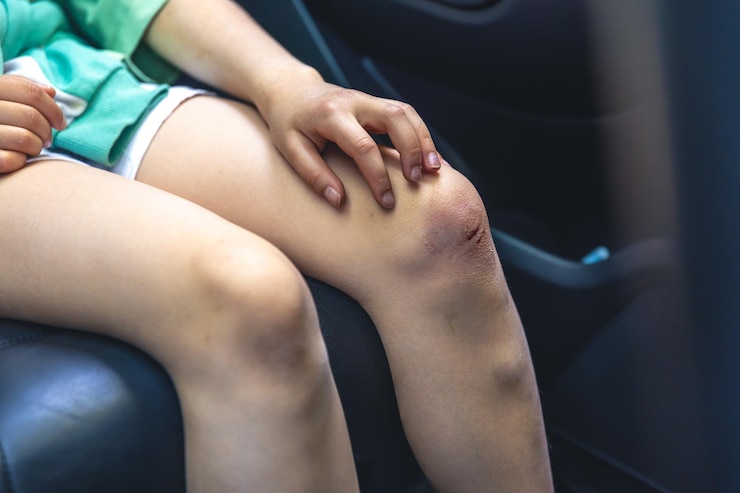Damaged Veins Are A Symptom Of Chronic Venous Insufficiency
Damaged veins can cause pain, swelling, and tenderness. They also put you at risk of damaged veins in legs, such as deep vein thrombosis (DVT) or superficial thrombophlebitis. These clots can travel to your lungs and cause a life-threatening condition called pulmonary embolism. Damaged veins can also lead to varicose or spider veins, which are visible bulging and web-like veins just under the surface of your skin. In most cases, these veins are harmless but may be itchy.
Venous disease can be treated with nonsurgical and surgical procedures. Treatment options depend on what causes the problem, such as inflammation or weakness in the walls of your veins. You are most likely to develop venous disease in the legs and feet. Some people develop it for no apparent reason, but others are more at risk because of age, being a woman, having high blood pressure, or being overweight. Genetics may also play a role, since venous disease tends to run in families.
You can prevent or slow the progression of venous disease by elevating your feet while you're sitting or standing for long periods, and wearing special elastic support stockings. Exercise, such as walking or swimming, can help, too. Your doctor will check your medical history, do a physical exam, and order tests to diagnose venous disease. These tests may include a color Doppler ultrasound, which looks for blood flow through your veins and identifies damaged valves or walls.
If your veins are damaged, you may need a procedure to close them off. Center For Advanced Vein Care vein specialists use ultrasound imaging to guide a catheter, which is a thin, hollow tube, into the affected veins. Some doctors use a laser fiber at the end of the catheter to heat the wall of the vein in 20-second bursts. This causes the vein to swell shut and eventually collapse, causing your body to absorb it and reroute blood around it. This procedure, known as radiofrequency ablation or Venefit(tm), can be done in the doctor's office and takes less than an hour.
In some cases, your Center For Advanced Vein Care specialist will inject a medical adhesive into the affected vein. This seals the vein shut, and your body reroutes blood to nearby healthy veins. This procedure, which is sometimes called VenaSeal(r), usually doesn't take more than an hour and you can go home the same day.
If you're at risk for venous disease, it's important to see your doctor right away. He or she will do a physical exam, and may order some lab work and x-rays to look for the most common complications of venous disease, including a blood clot in your deep veins (DVT), varicose or spider veins, or other symptoms. You may also need other tests, such as an MRI or CT scan, to detect the cause of your vein problems and find the best treatment. You can recover from most types of vein disease if you're treated early. Contact a vein specialist as soon as you notice symptoms, such as swelling or reddish, warm skin.

